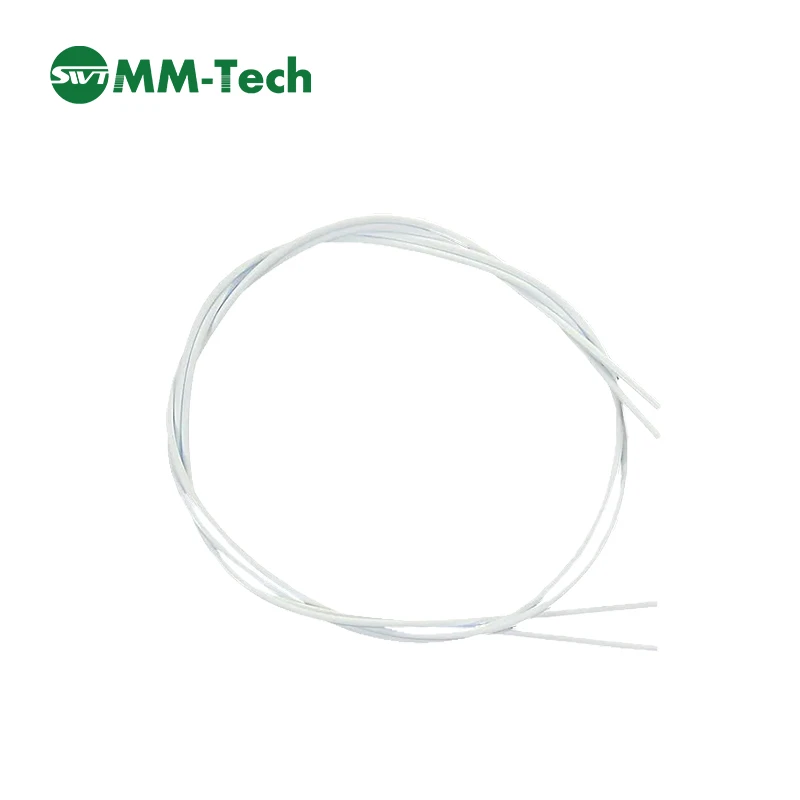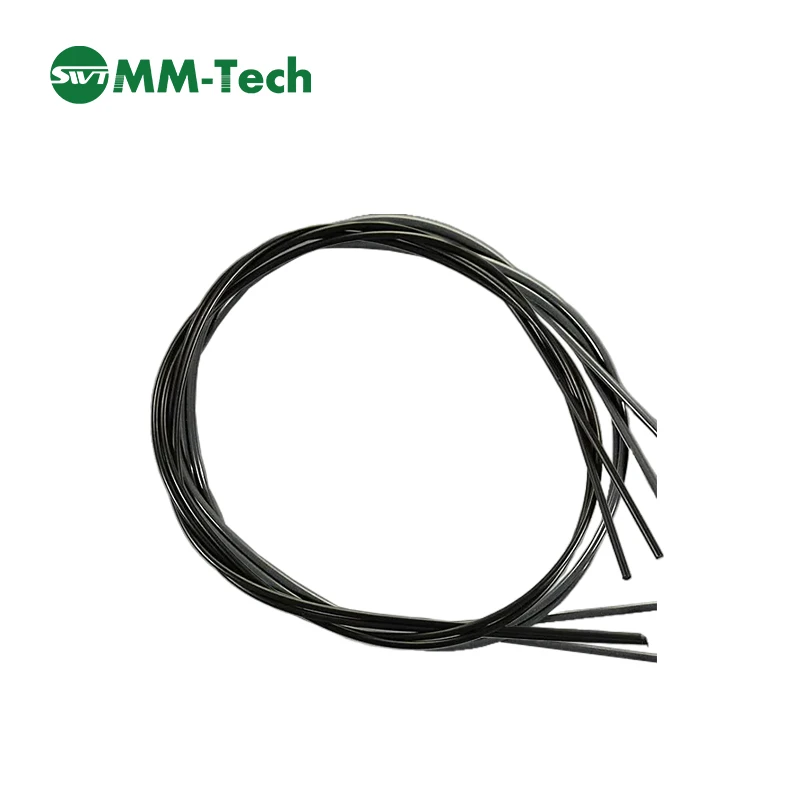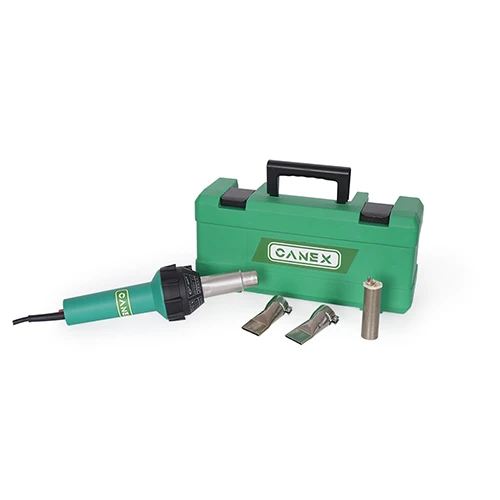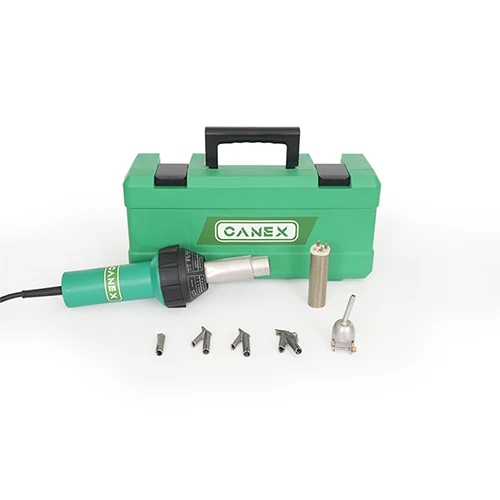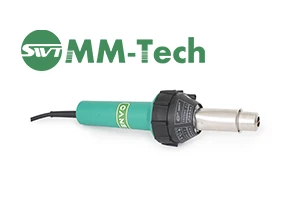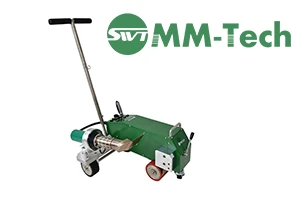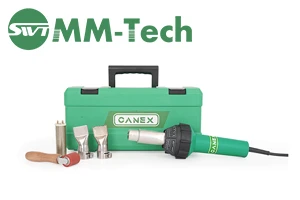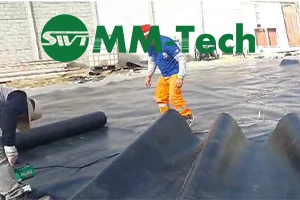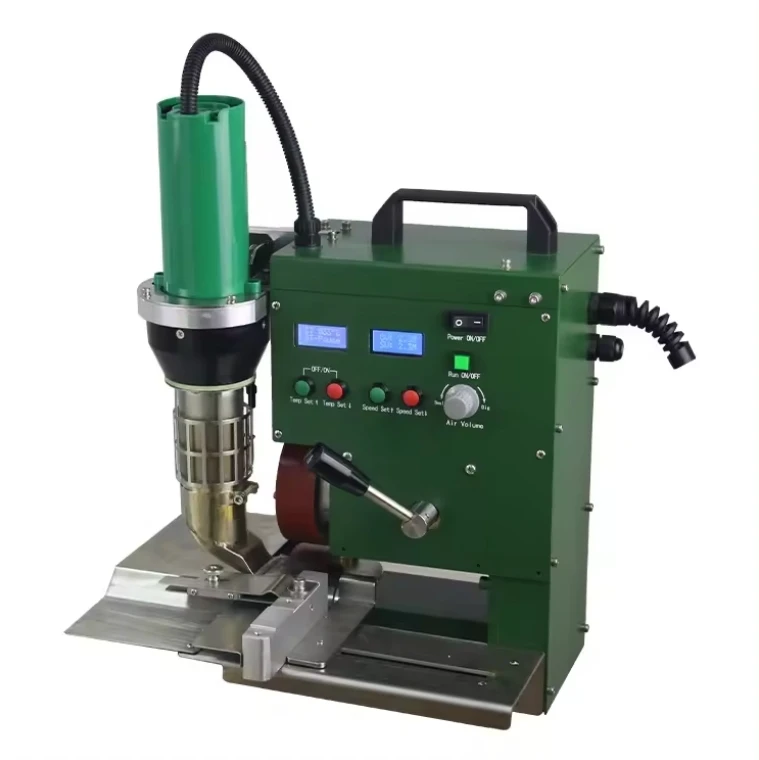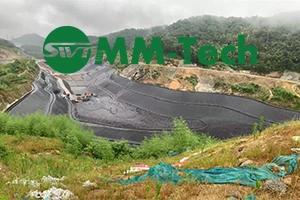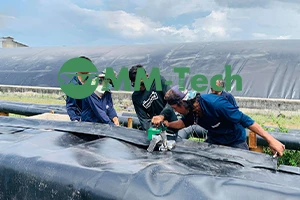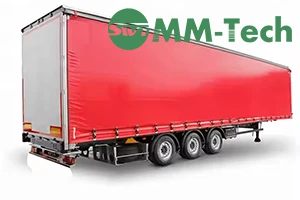-
 E-mail: info@peweldingmachine.com
E-mail: info@peweldingmachine.com
-
 +86-137 3974 5191
+86-137 3974 5191
-
 Přidat:
Přidat:NO.355, Youyi Street, Qiaoxi District, Shijiazhuang, Hebei, Čína.
How Do Heat - Based Tools Enhance Plastic Welding and Industrial Applications?
Kvě . 16, 2025 17:02
In the realm of plastic fabrication, roofing, and signage, heat - driven tools have revolutionized the way materials are joined and processed. Among these, heat gun for welding plastic, heat weld gun for tpo, heat welders roofing, hot air banner welder, and hot air extrusion welder stand out as indispensable devices, each designed to meet specific welding and bonding needs with precision and efficiency.
The Versatility of Heat Gun for Welding Plastic
A heat gun for welding plastic is a fundamental tool in plastic fabrication, offering flexibility for both small - scale repairs and large - scale projects. These guns generate hot air that softens plastic surfaces, allowing them to be fused together. For example, in DIY projects or small workshops, a heat gun for welding plastic can repair cracked plastic containers or join pieces of acrylic. The adjustable temperature settings enable users to work with various plastic types, from low - melting - point polyethylene to higher - temperature materials like polypropylene. The focused airflow ensures minimal damage to surrounding areas, making it a precise choice for intricate welding tasks.
Heat Weld Gun for TPO in Roofing Applications
Heat weld gun for TPO (thermoplastic olefin) is specialized for roofing projects, where durability and weather resistance are critical. TPO membranes are widely used in commercial roofing due to their flexibility and resistance to UV rays, and a dedicated heat weld gun for TPO ensures strong, reliable seams. The gun’s temperature is calibrated to melt the TPO material without causing degradation, creating a watertight bond. Roofers use these tools to weld TPO sheets together, forming a seamless barrier against rain, snow, and wind. The lightweight design of the gun allows for easy maneuverability on rooftops, while the consistent heat output ensures uniform welds across large surfaces.
Efficiency and Precision with Heat Welders Roofing
Heat welders roofing encompass a range of tools designed to streamline the welding process in roofing installations. These tools often feature higher heat output and larger nozzles compared to general - purpose heat guns, making them suitable for welding thick roofing membranes like PVC or EPDM. For instance, in industrial roofing projects, heat welders roofing can quickly join large sections of membrane, reducing installation time while maintaining structural integrity. Many models include built - in temperature controls and airflow regulators, allowing operators to adjust settings based on the material and weather conditions. This versatility makes heat welders roofing essential for both new constructions and roof repairs.
Crafting Banners with Hot Air Banner Welder
A hot air banner welder is tailored for fabricating banners, signs, and textile products. These tools use hot air to weld synthetic fabrics like vinyl or polyester, creating strong seams without the need for stitching. In the signage industry, hot air banner welder is used to join banner panels, add hems, or attach grommets. The controlled heat ensures that the fabric is melted just enough to bond, while avoiding scorching or discoloration. Some models feature adjustable speed settings, allowing for precise control over the welding process, whether working on small banners or large - format displays. This tool is crucial for producing professional - quality banners that withstand outdoor elements.
Heavy - Duty Solutions with Hot Air Extrusion Welder
Hot air extrusion welder is a robust tool designed for heavy - duty plastic welding, particularly in industrial and construction applications. Unlike standard heat guns, these welders extrude a bead of molten plastic (a welding rod) into the joint, creating a reinforced bond. This method is ideal for thick plastics, such as those used in chemical tanks, pipelines, or large - scale roofing projects. The hot air extrusion welder combines hot air to soften the base material with the extrusion of filler material, resulting in a weld that is often stronger than the original plastic. Its ability to handle high - temperature materials and large - scale projects makes it a staple in industries requiring durable, long - lasting connections.
FAQ: Key Insights for Heat - Based Welding Tools
What factors should I consider when choosing a heat gun for welding plastic?
Consider the type and thickness of the plastic, the project’s scale, and the required temperature range. For thin plastics or delicate work, a heat gun for welding plastic with low - heat settings and a narrow nozzle is preferable. For thicker materials like TPO roofing membranes, opt for a heat weld gun for TPO or heat welders roofing with higher heat output and adjustable airflow. Always check the tool’s compatibility with the specific plastic material to avoid melting or warping.
How do I maintain a hot air banner welder for optimal performance?
Regularly clean the nozzle to remove plastic residue, which can accumulate and affect heat distribution. Inspect the heating element for signs of wear or damage. Lubricate any moving parts, such as the feed mechanism in extrusion welders, to ensure smooth operation. Store the tool in a dry, cool place to prevent damage to the electrical components. Following the manufacturer’s maintenance guidelines will extend the tool’s lifespan and ensure consistent weld quality.
Can a hot air extrusion welder be used for DIY projects?
While hot air extrusion welder is primarily designed for industrial use, some compact models may be suitable for advanced DIY projects. However, due to their higher heat output and complexity, these tools require proper training to use safely. For most DIY enthusiasts, a standard heat gun for welding plastic or hot air banner welder is more manageable. Reserve extrusion welders for heavy - duty tasks like repairing large plastic containers or fabricating industrial - grade components.
What safety precautions should I take when using heat welders roofing?
Always wear heat - resistant gloves and safety glasses to protect against burns and flying debris. Ensure proper ventilation in enclosed spaces to avoid inhaling plastic fumes. Keep the work area free of flammable materials, as the high heat from the tool can ignite nearby substances. When working on rooftops, use fall protection equipment and secure the tool to prevent drops. Familiarize yourself with the tool’s emergency shut - off features and never leave a heated tool unattended.
How does temperature control affect the quality of plastic welds?
Temperature control is critical for achieving strong, reliable welds. If the temperature is too low, the plastic may not melt sufficiently, resulting in a weak bond. If it’s too high, the material can burn or degrade, compromising the weld’s integrity. Different plastics have specific melting points; for example, TPO requires precise heat levels to avoid over - softening. Tools with adjustable temperature settings, such as heat weld gun for TPO or hot air extrusion welder, allow users to fine - tune the heat based on the material, ensuring optimal fusion and a durable joint.
Související produkty
Související video
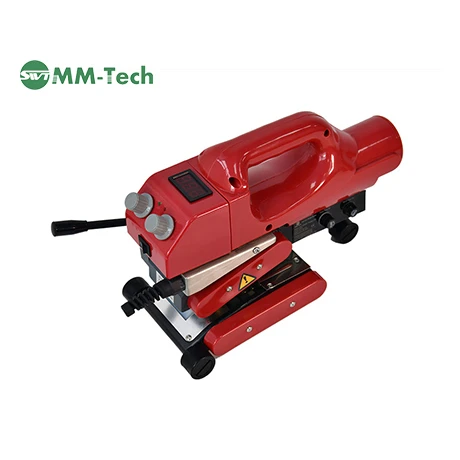

Geo Hot Wedge Wedge Wedge Wedge with Digital Display SWT NS800D Návod k obsluze
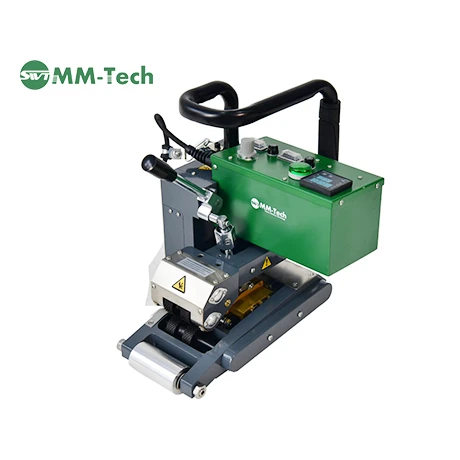

Heavy-Duty Geo Hot Wedge Wedge Wedge Wedge SWT-NS900 Návod k obsluze
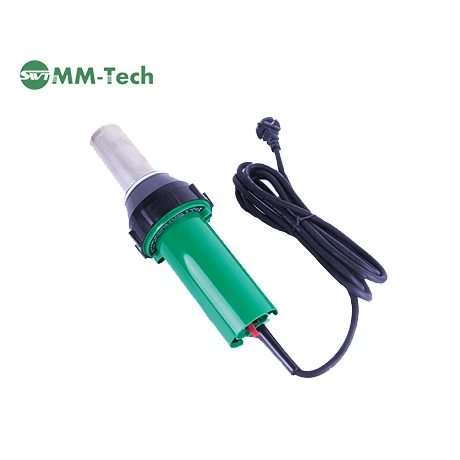

Výkonný profesionální horkovzdušný nástroj SWT-NS3400A Návod k obsluze


Geo Hot Wedge Wedge Welder SWT NS800 Návod k obsluze
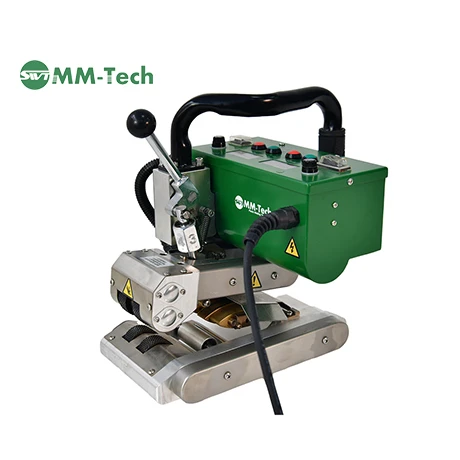

Kompaktní svařovací stroj pro svařování HDPE horkým klínem SWT-NSGM1 Návod k obsluze
Související novinky
PŘIHLÁSIT SE K ODBĚRU NEWSLETTERU
Dear customer, thank you for your attention! We provide high-quality machinery and equipment and look forward to your orders. Please inform us of your needs and we will respond quickly!









